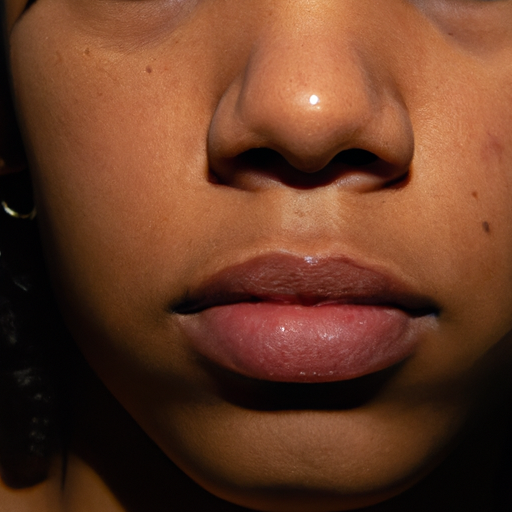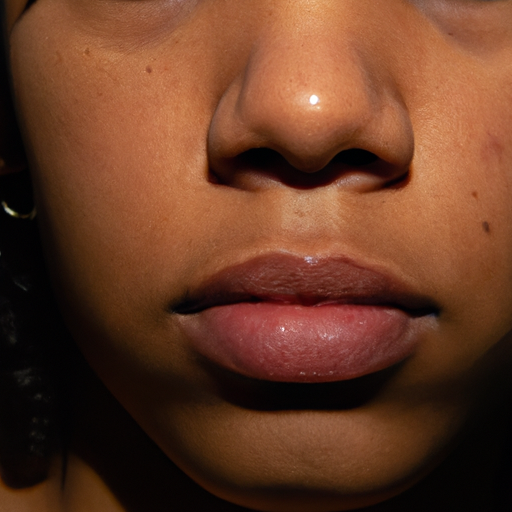Hyperpigmentation is a common, usually harmless condition that darkens patches of skin, making it appear darker than the surrounding skin. This happens when an excess of melanin, the brown pigment that produces normal skin color, forms deposits in the skin. Hyperpigmentation can affect people of all skin types and is often caused by sun damage, inflammation, or other skin injuries, including those related to acne vulgaris.
The good news is that there are several effective treatments available for hyperpigmentation. Let’s delve into some of the most effective cures that have been revealed through scientific research and clinical practice.
1. Topical Treatments: The first line of treatment for hyperpigmentation often involves topical creams, lotions, gels, or serums. These products contain active ingredients that inhibit the production of melanin in the skin. Hydroquinone is a commonly used ingredient in these products, which works by decreasing the production and increasing the degradation of melanin pigments. Other ingredients include retinoids (derived from vitamin A), and topical steroids.
2. Chemical Peels: Chemical peels are another effective treatment for hyperpigmentation. They work by causing the top layer of skin to peel off, revealing a new layer of undamaged skin beneath. The peels often contain alpha-hydroxy acids (AHAs) or beta-hydroxy acids (BHAs) that help to exfoliate the skin and promote new cell growth.
3. Laser Therapy: Laser therapy is a more advanced treatment option for hyperpigmentation. It uses focused light energy to remove the outer layer of the skin where hyperpigmentation has occurred. The process also stimulates the growth of new skin cells to replace the removed cells. There are different types of laser therapies available, such as Intense Pulsed Light (IPL) and Fractional Laser Resurfacing, which can be chosen based on the severity and type of hyperpigmentation.
4. Microneedling: Microneedling is a minimally invasive procedure that involves creating tiny punctures in the skin using a device equipped with fine needles. This stimulates the body’s wound healing process, promoting collagen and elastin production, which are essential for maintaining the skin’s elasticity and firmness. When combined with topical treatments, microneedling can enhance the absorption and efficacy of the product, making it a powerful treatment for hyperpigmentation.
5. Sunscreen: Prevention is always better than cure, and this holds true for hyperpigmentation as well. Regular use of a broad-spectrum sunscreen that protects against both UVA and UVB rays can prevent further skin damage and stop existing hyperpigmentation from getting darker.
6. Oral Supplements: Certain oral supplements, like Polypodium Leucotomos extract, have shown promising results in managing hyperpigmentation. They work by increasing the skin’s resistance to the harmful effects of UV radiation, thereby reducing the risk of developing hyperpigmentation.
While these treatments can be effective, it’s important to remember that results may vary from person to person. Factors such as the severity of the hyperpigmentation, skin type, and individual health conditions can all influence how well a treatment works. Therefore, it’s always recommended to consult with a dermatologist or skincare expert before starting any new treatment for hyperpigmentation.
In conclusion, while hyperpigmentation can be a challenging skin condition to deal with, there are several effective treatments available. With the right approach and professional guidance, it is possible to manage and even eliminate hyperpigmentation, revealing a more even and radiant complexion.




